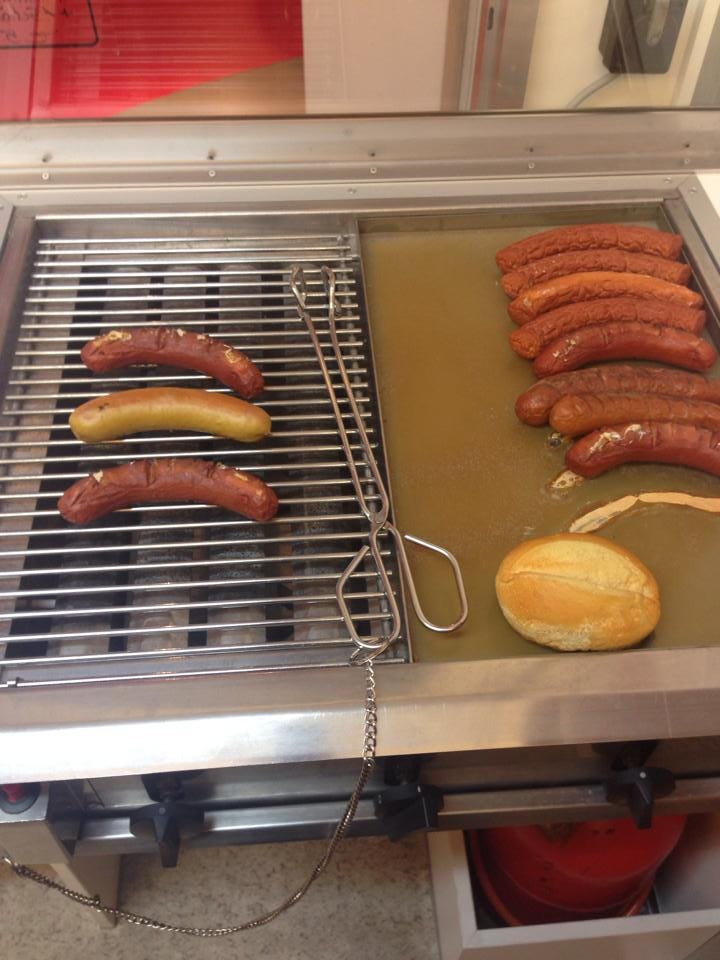This is the second installment of our Our Fermented Lives book club: A series for paid subscribers where I share my first drafts, footnotes, run-on sentences, and all, and answer questions about the research process and the book’s contents.
It’s an opportunity to dive deep into never-before-seen drafts and to have the chance to have access to an author in a deep, ongoing way.
I want to hear your requests, too: What topics do you want to see first drafts of? Let me know in the comments!
And, stay tuned for some future installments that will include book club-style discussion questions, a live Q&A with me, and more.

Over the last few months, I’ve been working on the chapter of the Essential Preserving Handbook that I’ve been most intimidated by: Preserving animal proteins.
I feel pretty comfortable with fish and dairy, and particularly with making basic fresh cheese and making yogurt and cultured butter. I even wrote a modern adaptation of the pickled oyster recipe mentioned in The Big Oyster.
But what about meat?
I do eat meat, but honestly not a ton, so preserving it isn't often at the top of my priority list (though I have done it), particularly now that I no longer raise my own birds. This month has been a crash course both in remembering techniques I’d forgotten and infilling my own knowledge by solidifying my understanding and practice of techniques like curing: And it requires me to look to many knowledgeable sources like Meredith Leigh (whose books here and here are great resources for beginners and experienced folks alike).
As part of recovering and expanding my meat preserving knowledge, I turned back to my early drafts of Our Fermented Lives, and remembered one thing I found fascinating about researching global meat fermentation traditions, which was the language used to describe preserved meats.
As meat requires raising animals, it also intersects with agricultural histories and histories of land use (e.g. common land in Britain), and the techniques of preserving meat also overlap with techniques for preserving fish. There’s lots to unpack, so I’ve added in a few sub-headings to make it easier to navigate.
Here’s the first draft of “preserving meat” my first draft of Chapter 2 (Ferments for Preservation):
Keep reading with a 7-day free trial
Subscribe to Root: Historic Food for the Modern World to keep reading this post and get 7 days of free access to the full post archives.




